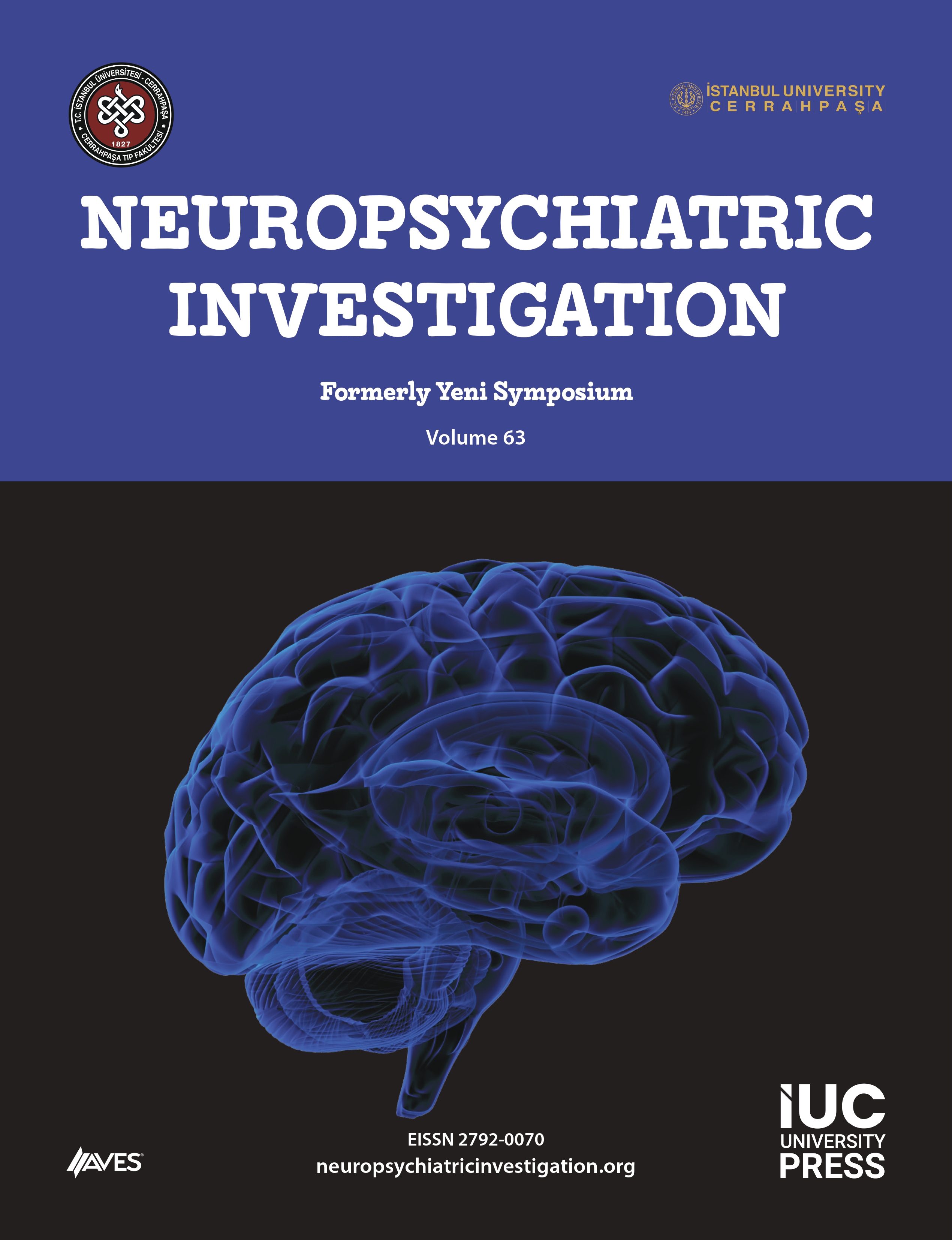Introduction: Multiple sclerosis (MS) and neuromyelitisoptica spectrum disorders (NMOSD) are idiopathic, autoimmune, and centralnervous system inflammatory diseases. The similarity in the clinical course ofboth diseases creates difficulties in the differential diagnosis. Patternreversal visual evoked potentials (VEP) are used at this stage. This studyaimed to investigate VEP's role in the differential diagnosis of MS and NMOSDwhen the patients apply with acute optic neuritis.
Method: The data of 15relapsing-remitting MS patients (RRMS) and 10 NMOSD patients (1 seropositivepatient) presenting with blurred vision and who were diagnosed with acute opticneuritis were retrospectively analyzed. Demographic, disease, and VEPcharacteristics of the patients were recorded.
Results: According toretrospective data obtained from NMOSD patients, the mean P100 latency was117.3 ± 12.3, and the mean amplitude was 6.1 ± 3.5. When the VEPcharacteristics obtained from 15 RRMS patients were evaluated, the P100 latencywas 131.7 ± 17.3, and the mean P100 amplitude was 8.0 ± 3.0. P100 latency wassignificantly prolonged in the RRMS group than the NMOSD group, and amplitudewas significantly lower in the NMOSD group than the RRMS group.
Discussion: Differentiating NMOSDpatients with optic neuritis from MS in the early period is very important forpreventing permanent visual damage, initiating appropriate treatment, planningtreatment, and predicting prognosis. VEP findings in early-stage acute opticneuritis can be used to differentiate clinically challenging both seropositiveand seronegative NMOSD patients from patients with MS.




.png)